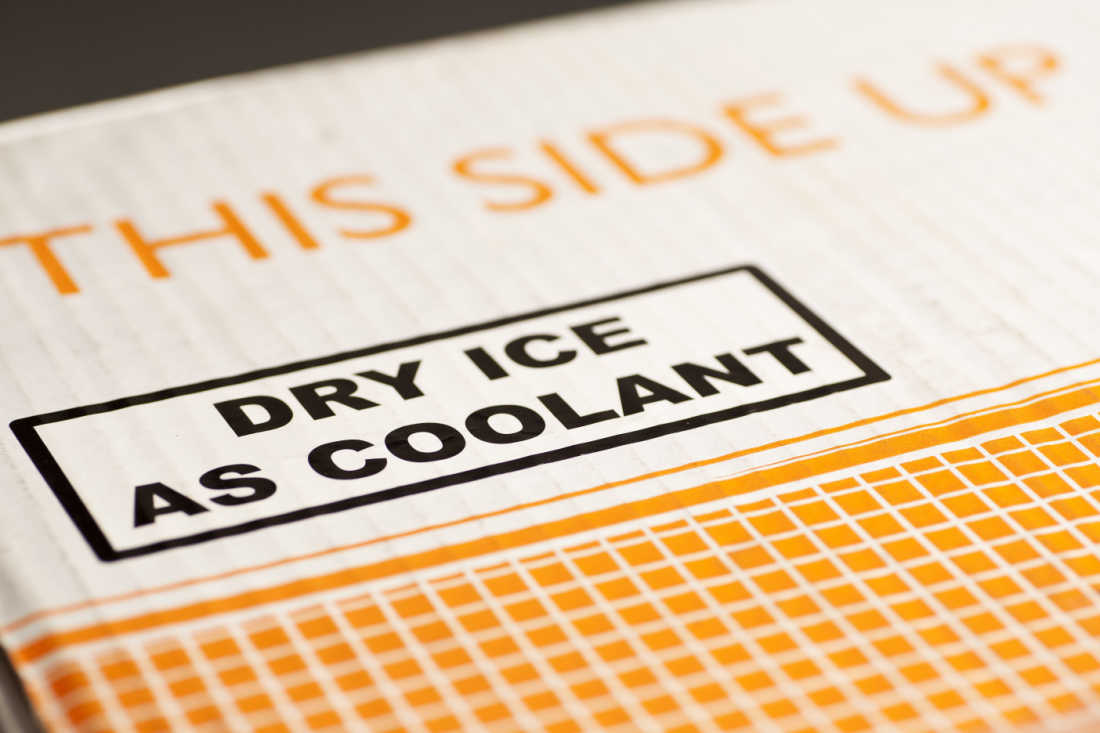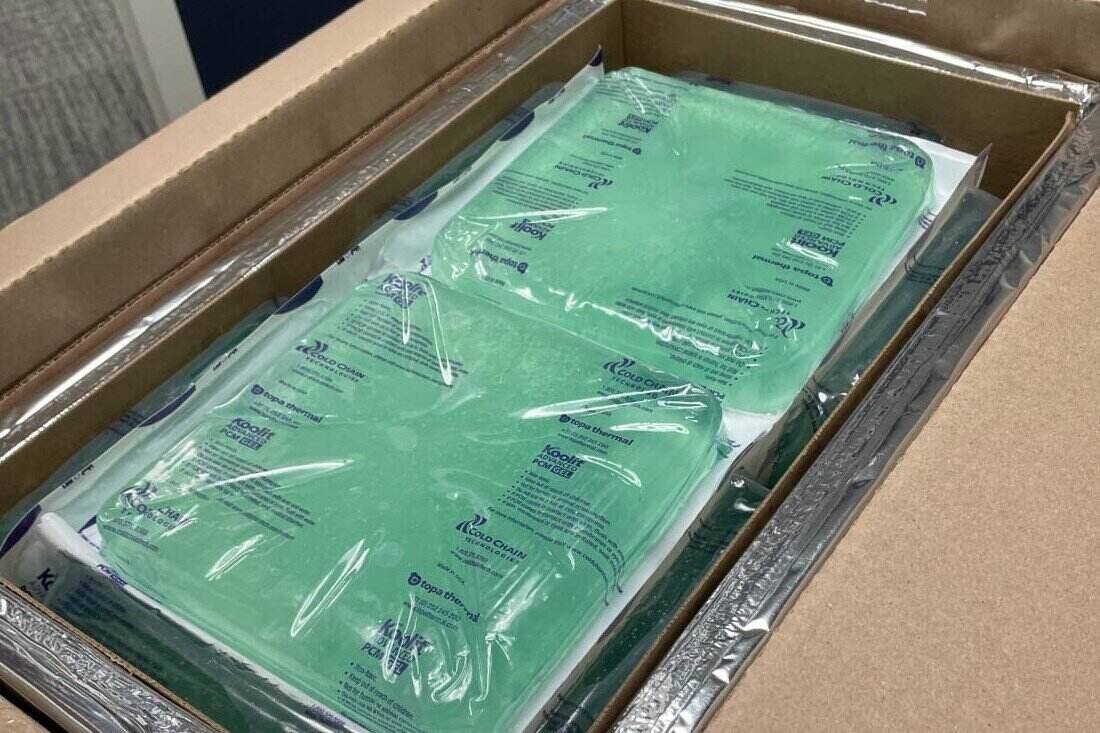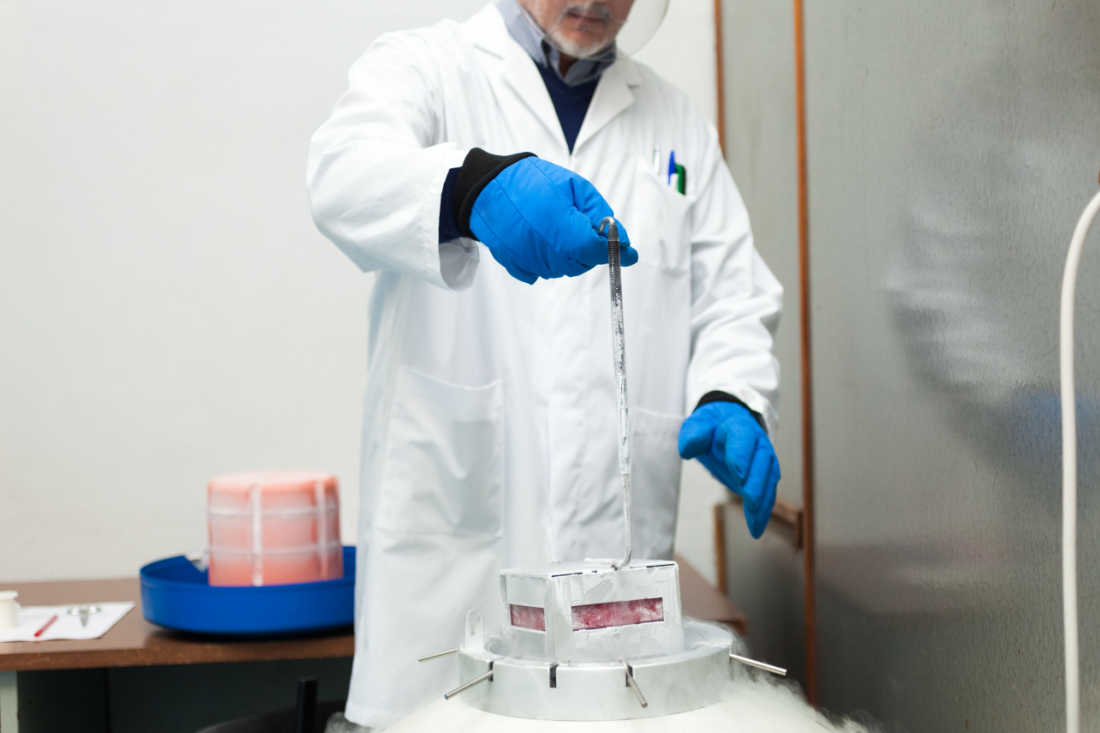What Is Cold Chain Shipping?
Cold chain shipping is the transportation of items that must remain within a certain temperature range, where an excursion could lead to the contents becoming unusable. Most commonly used in the healthcare & life sciences, pharmaceutical, chemical and food & beverage industries, cold chain logistics is a fast growing part of the global economy.
Because cold chain transportation can vary significantly across industries and the specifics of a shipment, options vary from validated thermal shippers with dry ice to refrigerated trucks and cold storage warehouses. International cold chain logistics has the added complication of customs clearance, where a customs delay could lead to a temperature excursion. It's important for those shipping cold chain to understand their shipping options to minimize the risk of an excursion.
When Cold Chain Transportation Is Needed
Whenever you have a shipment, large or small, that needs to remain within a set temperature range, you need a cold chain logistics solution. There are many options for cold chain logistics and depending on the size of your shipment, specific temperature range and the importance and value of the contents you can pick the option that's best for you.

Common uses of cold chain shipping include life science research companies shipping frozen samples to collaborate with a partner lab, pharmaceutical companies shipping temperature controlled drugs, and food and beverage companies shipping their products to stores and consumers. For each of these scenarios, there are particular cold chain shipping methods that are best.
Common Temperature Ranges and Cold Chain Packaging Used
There are 4 temperature ranges most commonly used in cold chain logistics: frozen/dry ice, 2 to 8 C, 15 to 25 C also known as ambient room temperature, and cryogenic frozen using liquid nitrogen. Each of these temperature ranges uses particular coolants and shippers, which is discussed below.

Related Content
Shipping with Dry Ice To China
Dry Ice Packaging & Labeling Instructions (UN 1845 Class 9)
End-To-End Cold Chain Logistics Solution
Mercury a cold chain logistics provider shipping life science materials to any location worldwide. We prioritize direct flights to ensure speedy delivery and maintain specimen integrity.
Frozen / Dry Ice
If a shipment needs to remain frozen, dry ice is most often your best option. Dry ice is inexpensive, readily available and can be replenished all of which make it an ideal coolant for frozen shipments. Generally, dry ice sublimates (turns into carbon dioxide gas) at a rate of 5-10 pounds per day, depending on the packaging it's kept in and outside temperature. One of the most critical parts of shipping with dry ice is the thermal shipper that it's sent in.
Validated thermal shippers have been rigorously tested to ensure they keep their contents within a specific temperature range if the right amount of coolant is added. These are used most often by healthcare, life science research, biotech and pharma companies. Other cold chain packaging options exist for frozen foods which need to remain frozen.
Shipments that are larger than a single box are best served with active coolant methods, larger powered units that act like traveling freezers to keep shipments frozen.
2 to 8 Celsius
 Typically shipments that must remain cold, but not frozen are kept between 2 and 8 degrees Celsius. Cold packs, phase change materials or wet ice is the most common coolant used for these shipments. Wet ice is sometimes used as a coolant method, however it has the disadvantage that it turns to liquid water which can damage or ruin the contents of the shipment.
Typically shipments that must remain cold, but not frozen are kept between 2 and 8 degrees Celsius. Cold packs, phase change materials or wet ice is the most common coolant used for these shipments. Wet ice is sometimes used as a coolant method, however it has the disadvantage that it turns to liquid water which can damage or ruin the contents of the shipment.
Cold packs and phase change materials are chemically formulated to maintain a specific temperature range, even more specific than the 2-8 C range. Some of the advantages of PCMs are that they maintain a specific temperature range and they work in both directions, keeping your shipment from getting too hot or cold. A disadvantage of PCMs is the process is complicated often taking 24-48 hours of specific refrigeration protocols to pre-condition them for shipping.
For larger shipments that must remain cold, but not frozen; active coolant methods such as refrigerated trucks are available. Cold chain storage warehouses are used to maintain temperature ranges while shipments are waiting to be transported. So-called 'reefer' trucks are refrigerated and used most often in the food and beverage industry.
15 to 25 C / Controlled Room Temperature
Though not cold or frozen, controlled room temperature shipments need to remain within a specific range to avoid damage to their contents. Most often this is the 15 to 25 Celsius range, roughly 59 to 77 degrees Fahrenheit. Typically coolants are not used for CRT shipments, rather special packaging is used to insulate the shipments from the heat or cold while in transit.
A key to controlled room temperature shipping is understanding the requirements of the specific shipment, how long can it last outside of it's temperature range both in terms of cold and heat. Using a faster shipping method and validated thermal shippers is often the best practice to maintain temperature integrity.
Deep Frozen / Cryogenic / Liquid Nitrogen
Used most often by life science research companies, sometimes involving cell and gene therapies, liquid nitrogen maintains a shipment's contents is a deep frozen state, below -150 degrees Celsius. Special containers called 'nitrogen dewars' are used for shipping, to handle the pressure and temperature of liquid nitrogen. These containers can hold their temperatures for many days, though often have very small openings limiting the amount of material that can be stored inside.

Cold Chain Shipping Methods
Depending on the size, temperature range, importance and value of the contents of your shipment, there are multiple methods for cold chain shipping. Smaller frozen shipments that use dry ice can be sent via the express carriers or a specialty cold chain service. Typically international dry ice shipments are sent specialty cold chain to replenish dry ice in the event of a customs delay or high value domestic shipments because the express carriers cannot guarantee dry ice replenishment when needed.
Larger shipments that do not fit into the express carrier's network are typically sent via refrigerated truck, most often by food and beverage companies. It's important that temperature-controlled warehousing is used in this case, to ensure the shipments remain within their temperature range from pick up to delivery.
